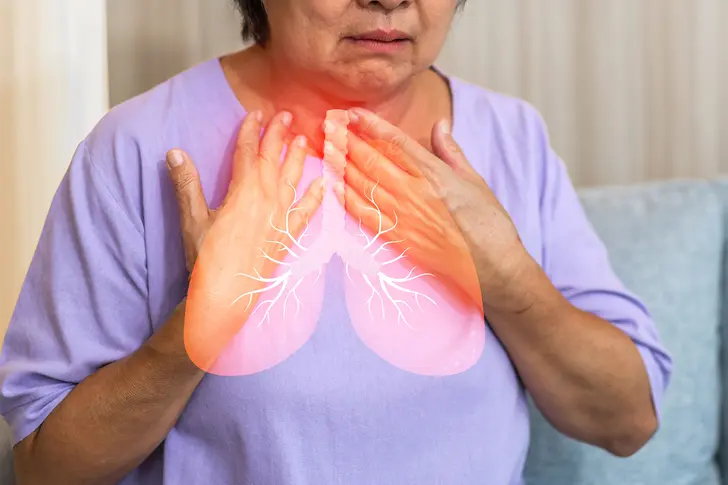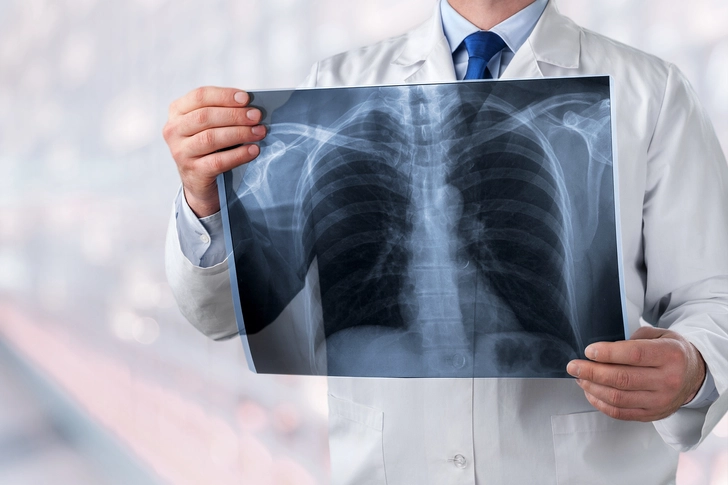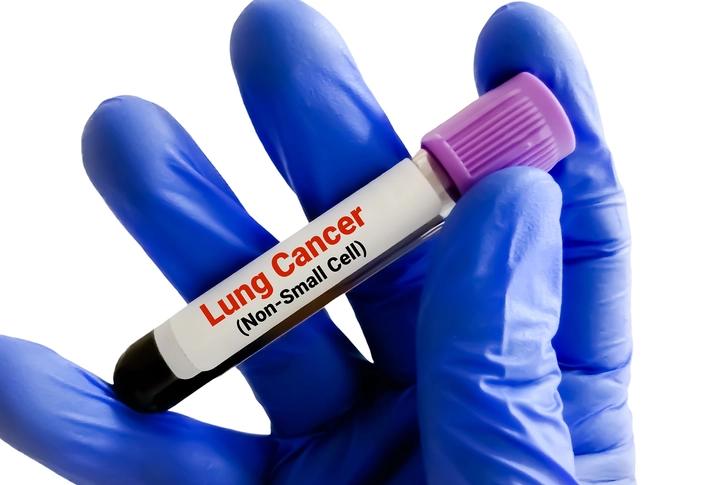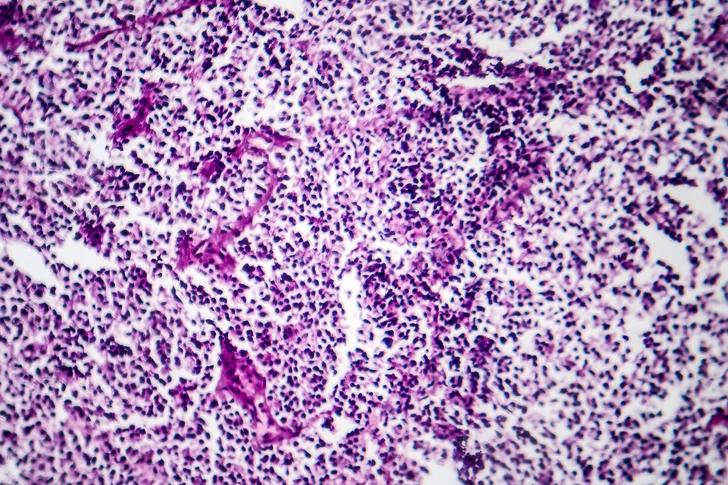- Overview
- Causes, Risks & Prevention
- Signs & Symptoms
- Tests & Diagnosis
- Your Lung Cancer Care Team
- Treatment
- Living With
- Remission & Recurrence
- Support & Resources
- Appointment Prep
- View Full Guide
Understanding Lung Cancer Recurrence


When Lung Cancer Comes Back
Sometimes, lung cancer comes back after you've had treatment. This is called a recurrence. If your cancer returns, it's most likely to happen within five years after you were diagnosed. The reason for this is that some small cancer cells may remain in your body and grow into cancer again.

Types of Recurrence
Lung cancer may come back in your lungs, or it may show up somewhere else in your body. There are three types of recurrence:
- Local: The cancer is in your lungs.
- Regional: The cancer is in the lymph nodes near the lungs.
- Distant: The cancer is in another part of the body, such as the liver. Even though it's not in the lungs, it's still called lung cancer recurrence.

Symptoms to Watch For
If the cancer returns to your lungs, you may have a cough that doesn't go away, blood in cough, chest pain, or shortness of breath. Other general signs of cancer include fatigue, unexplained weight loss, pain, and fever.
While these symptoms don't always mean cancer has returned, it's important to let you doctor know about them right away.

Chances of Recurrence
The chances of cancer returning depend on what type of lung cancer you have and its stage. The kind of treatment you've had may also play a role. There are two types of lung cancer: non-small cell lung cancer (NSCLC), which is the most common, and small-cell lung cancer (SCLC). If you have NSCLC, your chance of recurrence depends on what stage you have. Generally, the higher your stage, the greater chance it'll come back.

Recurrence for SCLC
SCLC is the most aggressive type of lung cancer. Although it responds well to treatment at first, most people will have a recurrence in a year or two. When SCLC comes back, it tends to spread faster.

Treatments
Your doctors may recommend a different treatment for your cancer recurrence than your previous treatments. They will decide based on factors such as: where the cancer came back, treatments you've already gotten, any genetic changes to the cancer, and your overall health. Treatments may include one or more of the following: chemotherapy, surgery, targeted therapy, immunotherapy, and radiation. In some cases, a tumor can block an airway, which can lead to breathing problems. You may need laser therapy or a stent to help open the airways.
PHOTO CREDITS:
Slide 1 - Art_Photo / Shutterstock
Slide 2 - Billion Photos / Shutterstock
Slide 3 - New Africa / Shutterstock
Slide 4 - Saiful52 / Shutterstock
Slide 5 - Kateryna Kon / Shutterstock
Slide 6 - New Africa / Shutterstock
SOURCES:
American Cancer Society: "What is Cancer Recurrence?" "Small Cell Lung Cancer Stages," "Treatment Choices for Non-Small Cell Lung Cancer, by Stage."
American Lung Association: "Lung Cancer."
Canadian Cancer Society: "Treatment for Recurrent Non-Small Cell Lung Cancer," "Shortness of Breath."
Japanese Journal of Clinical Oncology: "Relapse of Stage I Small Cell Lung Cancer Ten or More Years After the Start of Treatment."
Journal of the National Cancer Institute: "Lung Cancer Prognosis Before and After Recurrence in a Population-Based Setting."
Mayo Clinic: "When Cancer Returns: How to Cope with Cancer Recurrence."
National Cancer Institute: "Targeted Cancer Therapies," "Immunotherapy to Treat Cancer."
National Organization for Rare Disorders: "Small Cell Lung Cancer."
Therapeutic Advances in Medical Oncology: "Relapsed Small Cell Lung Cancer: Treatment Options and Latest Developments."
University of California San Francisco Department of Surgery: "Small Cell Lung Cancer."
MD Anderson Cancer Center: "When Problems Can't Wait: the Emergency Room and Cancer."